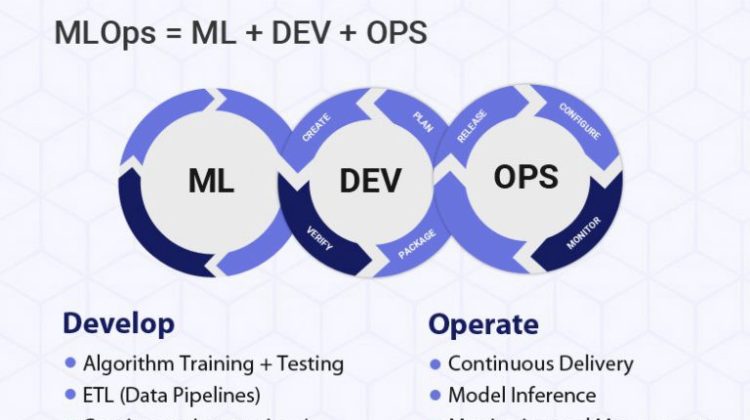
GitHub is a website and cloud-based service that helps developers store and manage their code, as well as track and control changes to their code. To understand exactly what GitHub is, you need to know two connected principles:
Git is a specific open-source version control system created by Linus Torvalds in 2005.
Specifically, Git is a distributed version control system, which means that the entire codebase and history are available on every developer’s computer, which allows for easy branching and merging.
Jenkins is an open-source automation tool written in Java with plugins built for Continuous Integration purposes. Jenkins is used to building and test your software projects continuously making it easier for developers to integrate changes to the project, and making it easier for users to obtain a fresh build. It also allows you to continuously deliver your software by integrating with a large number of testing and deployment technologies.
With Jenkins, organizations can accelerate the software development process through automation. Jenkins integrates development life-cycle processes of all kinds, including build, document, test, package, stage, deploy, static analysis, and much more.
Jenkins achieves Continuous Integration with the help of plugins. Plugins allow the integration of Various DevOps stages. If you want to integrate a particular tool, you need to install the plugins for that tool. For example Git, Maven 2 project, Amazon EC2, HTML publisher, etc.
Docker is a tool designed to make it easier to create, deploy, and run applications by using containers. Containers allow a developer to package up an application with all of the parts it needs, such as libraries and other dependencies, and deploy it as one package. By doing so, thanks to the container, the developer can rest assured that the application will run on any other Linux machine regardless of any customized settings that machine might have that could differ from the machine used for writing and testing the code.
— — — — — — — — — — — — — — — — — — — — — — — — — — — — — — — — — — — — — — — — — — — — — — — — — — — — — — — –
1. Create a container image that has Python3 and Keras or NumPy installed using a docker file.
2. When we launch this image, it should automatically start to train the model in the container.
docker build -t task3:v2 .
3. Create a job chain of job1, job2, job3, job4 and job5 using build pipeline plugin in Jenkins
4. Job1: Pull the Github repo automatically when some developers push the repo to Github.
5. Job2: By looking at the code or program file, Jenkins should automatically start the respective machine learning software installed interpreter install image container to deploy code and start training( eg. If code uses CNN, then Jenkins should start the container that has already installed all the software required for the CNN processing).
6. Job3: Train your model and predict accuracy or metrics.
7. Job4: if metrics accuracy is less than 80%, then tweak the machine learning model architecture.
8. Job5: Retrain the model or notify that the best model is being created
9. Create One extra job job6 for monitor: If the container where the app is running. fails due to any reason then this job should automatically start the container again from where the last trained model left.
